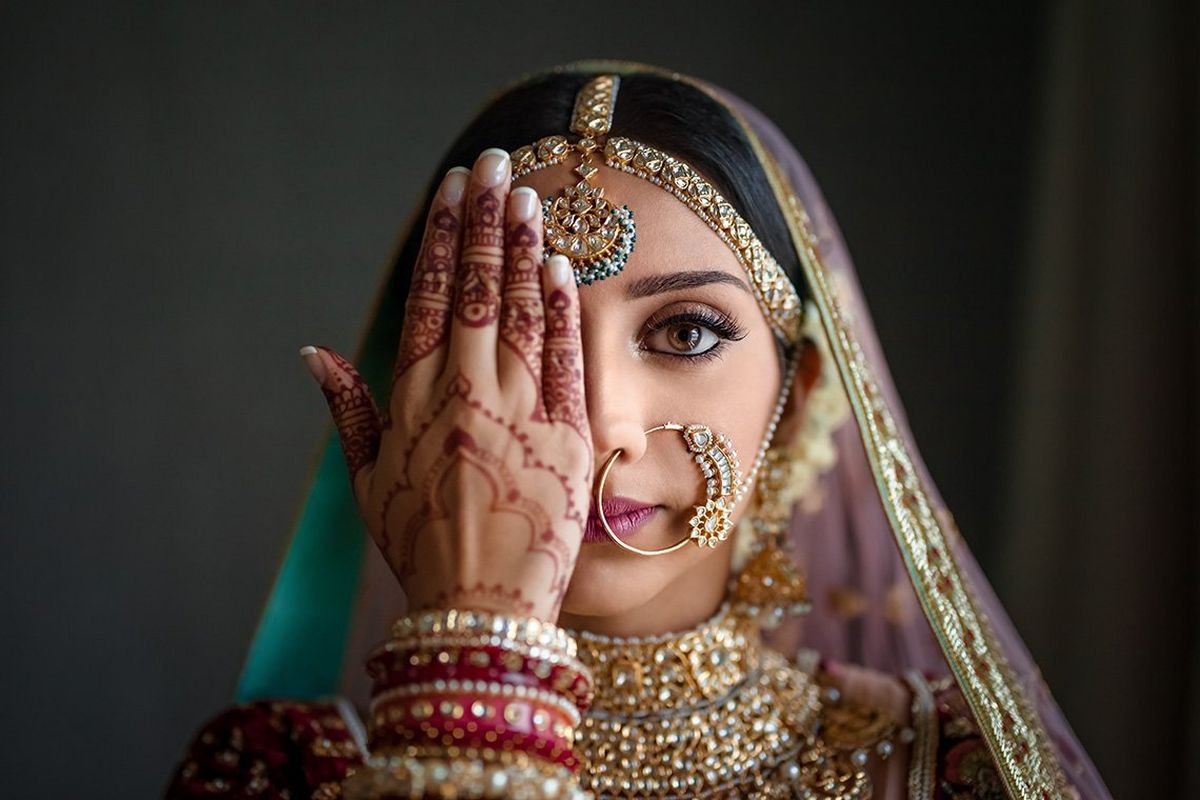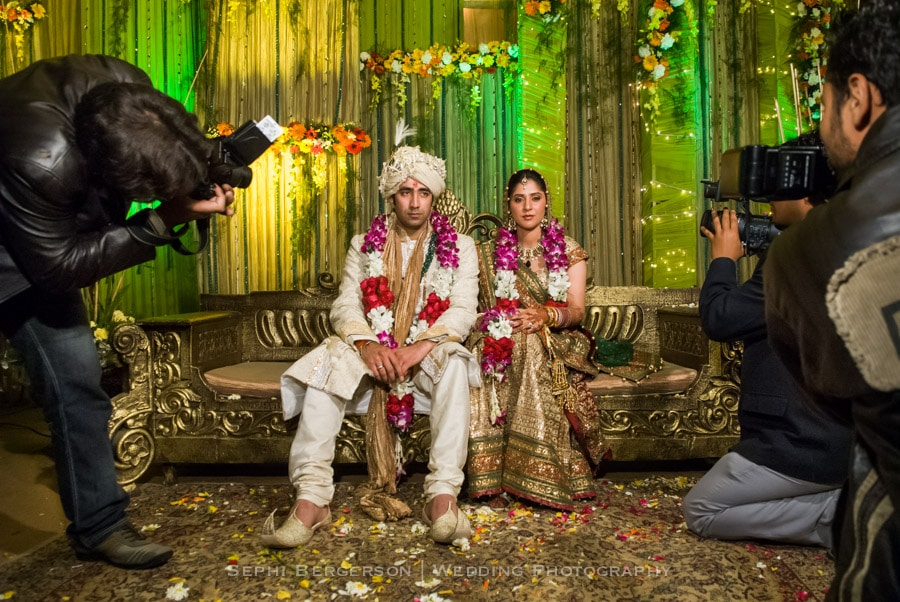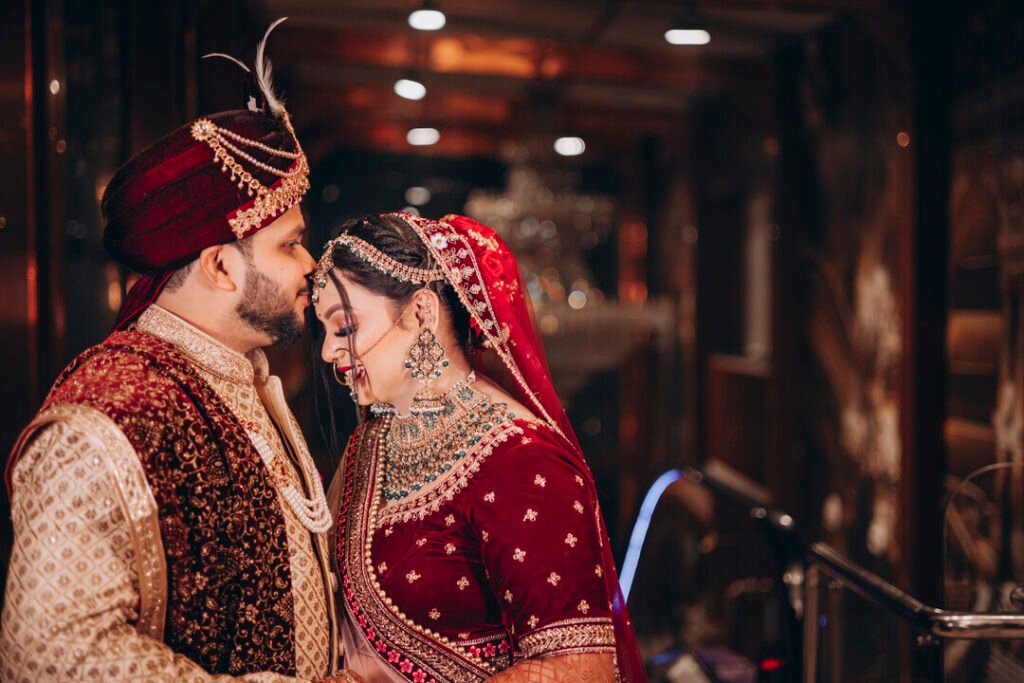Camera settings that would capture the best of traditional Indian Bridal Moments



Capturing the grandeur, beauty, and minute details of a traditional Indian wedding requires both artistic vision and technical expertise. Indian weddings are so rich in color, culture, rituals, and emotions that the photographers get ample opportunities to shoot for creating Fletcher time memories. Among all, the Bridal moments are the most significant and visually appealing factor.
Whether it’s the getting-ready bride, the intricate details of her attire, or the very end of the wedding ceremony-it’s all shots that count. Great awareness of camera settings is essentially important in the capturing of such perfect moments. These will make your photograph an embodiment of elegance, beauty, and vibrancy-qualities quintessentially expected in an Indian bride’s moment. We’ll show you how to take professional shots with some ideal camera settings in a series of shots during various scenarios in this article.

First, to shoot bridal moments, you have to understand the lighting condition. A traditional Indian wedding usually happens in a combination of indoor and outdoor settings-in the rooms indoors, which could be dark, where the makeup artist works under artificial lights, and outdoors, bright daylight, golden hour, or evening lights.
Indoor weddings normally occur in low light conditions. In that case, you have to ensure your camera is able to shoot under low light conditions. You will have to use a wider aperture, higher ISO setting, and a faster shutter speed.
In outdoor settings, you enjoy all the liberty to play with the light of nature. If it is a day wedding, then you can make use of the sunlight to click vibrant and sharp images. During sunset, or, as some say, the golden hour, the soft light will help you capture beautiful portrait shots of the bride.
Shooting a bride indoors, whether it’s while she’s getting ready, draped in her wedding attire, or during the pre-ceremony rituals, presents several unique challenges. Focus on the following key settings:
This would mean that for portraits and close-up shots of the bride, one should make use of a wide aperture, f/1.4 to f/2.8, for a shallow depth of field. A shallow depth of field makes sure that the bride stands out from the background with the focal point on her face, attire, and other details. Wide apertures mean more light coming into the camera, and this is needed in low-light conditions.
In poor lighting conditions, you will need to bump up your ISO to properly expose the picture without compromising on the shutter speed. Always keep your ISO within a range from 800 to 1600. In case it is an extreme lowlight situation, go for 3200. But being in a high ISO range might introduce some noise in your picture; hence, keeping it within a range that your camera can manage noise at is a point of consideration.
The minimum shutter speed to shoot crisp and sharp bridal portraits is 1/125s. If there is some movement-like action, for example, where the bride twirls or walks, you’ll want to go even higher to freeze the action; this could be 1/250s or higher. As a general rule, you will always get blurry shots with slower shutter speeds unless you achieve some creative motion blur.
Indoors, under artificial or low-light level conditions, an incandescent light such as tungsten bulbs may easily give your pictures, especially of a person, warmer skin tones. Establish a custom white balance to deliver accurate skin tones for rich colors in your image when shooting indoors. Take the “Tungsten” or “Incandescent” white balance if you want contrasting effects against it.

Any outdoor bridal moments, especially during golden hour or sunset, are just a dream from a photographer’s perspective. The natural light could enhance the colors and texture of the bride’s attire. Here are some camera settings you should use:
Just as in indoor shots, a wide aperture is favorable in outdoor portrait shootings. Shooting with f/1.8 or f/2.8 will give you stunning depth of field, bringing your bride into focus while the background turns out in blur. But in case there’s a need to capture not only the bride but also the beauty of the outdoors, a more conservative aperture might work, such as between f/5.6 and f/8 for increased depth of field.
In natural light, you should always have an ISO as low as possible to avoid noise. You can go with 100 to 400 ISO. When the light will be poorer for example, the sun has gone beneath the horizon-you can increase this, but not higher than 800 for a good result.
For outdoor bride portraits, an approximate shutter speed of 1/250s to 1/500s should be more than adequate. If there is any movement-for instance, the bride’s dupatta is flowing because of the wind-you may want to increase it for sharper details. To achieve a blurred motion effect with her veil, you can go lower, but make sure the bride’s face is in focus.
The light outdoors will change, so always pay attention to the temperature of the light outside. You can use the “Daylight” preset in your camera if you are going to shoot in sunny conditions. If you shoot during the golden hour, a bit warmer white balance-something like 5000K-will make it just glowing and complement the soft light.
Indian bridal attire is often adorned with intricate embroidery, gemstones, and traditional jewelry. Capturing the fine details is crucial to telling the full story of the bride’s ensemble. For these shots, use the following settings:
A small aperture, f/4 to f/8, will help capture sharp details of the bridal jewelry, bangles, and other accessories. A smaller aperture means that the whole piece will be in focus, making it ideal for product-style photography of accessories.
This should be kept as low as possible to hold the fine detail and low noise, especially when shooting close-ups in detail. The ideal will be ISO 100 to 400.
This depends on your lighting, but for close-up shots, 1/100s or higher shutter speed will do great. If you shoot handheld, make sure to increase the shutter speed to avoid motion blur.
When shooting indoors, the light is minimal, and hence, a flash is necessary to highlight the details. But be cautious with it, as it might overpower the delicate details. Bouncing it from the wall or ceiling may work for you.
Emotional moments of a traditional Indian wedding are priceless, wherein one would find tears, smiles, and the subtle gestures of the bride and her family. These are the shots that require quick and precise settings from the photographer.
In such a case, a big aperture, which is f/2.8 to f/4, is very good. This will ensure the depth of field is shallow so that you focus on the face and emotions of the bride while everything else at the back is blurred out.
Because these can occur in buildings or at night, you may find that you have to go to a higher ISO such as 800 to 1600 for proper exposure.
For candid shots, you want to shoot at least 1/160s shutter speed to freeze the movement. If you shoot during the ceremony, you may want to increase your shutter speed to 1/250s or 1/500s as the action may move quickly.
Now, the wedding ceremony itself has some unique challenges as far as camera settings are concerned. Whether it is capturing the bride’s movements as she walks down the aisle or her gestures for whatever rituals, the moments need to be captured with precision.
A medium aperture, say f/4 or f/5.6, is quite appropriate for shooting the bride and other elements within the ceremony. This will ensure that the whole scene, including the bride’s expression, the priest, and the guests, are all in focus.
For brightly lit ceremony venues, your ISO can be anywhere between 400 to 800. In lowly lit areas, you can try up to 1600 and more, but it may get too noisy.
Using at least 1/250s will allow you to freeze whatever action there will be, right from the walking of the bride, performing certain rituals, and down to saying vows.
AI Servo/Continuous AF-when shooting a wedding, moments are continuous, so the camera must focus continuously to capture the bride as she moves.
Flash is useful for capturing the bride, especially when indoors or in low light, but should be used sparingly. A direct flash creates harsh shadows and flattens an image, while bouncing the flash gives soft and flattering light. You can also use a diffuser for a more natural effect.
Set your flash output to start at perhaps 1/16th or 1/8th power and then adjust toward and away from your subject and the general conditions of the light. Bouncing the flash off of a ceiling or wall instead of directly into the subject can be quite soft and make the light always look more natural.
Capturing traditional Indian bridal moments requires a mix of camera settings, composition, and the lighting and environment of the shoot. With a change of aperture, ISO, shutter speed, and white balance, depending on the situation, you make every shot you click a showcase of the beauty of that moment-emotional and full of life. Remember, this is just a guideline, and no two weddings will ever be exactly the same. Adapt to the environment, experiment with settings, and most importantly, have fun while you are documenting one of the most beautiful days in the life of a bride. Happy shooting!

